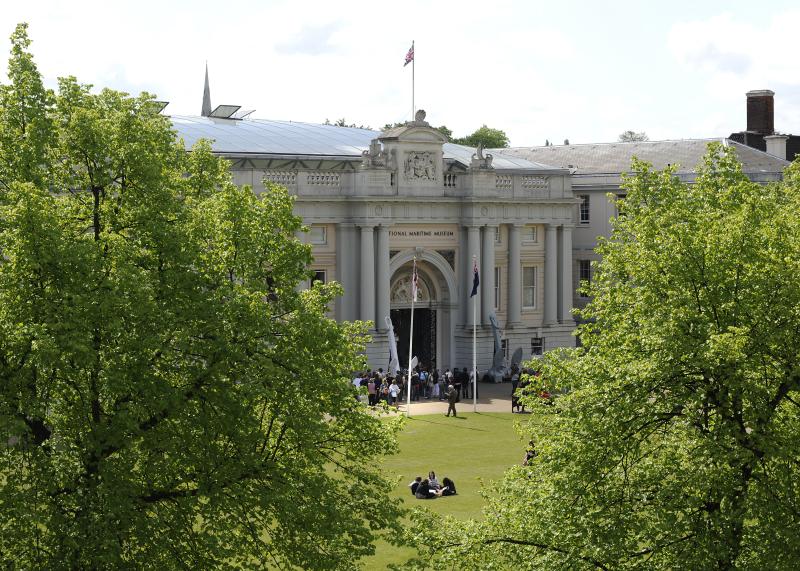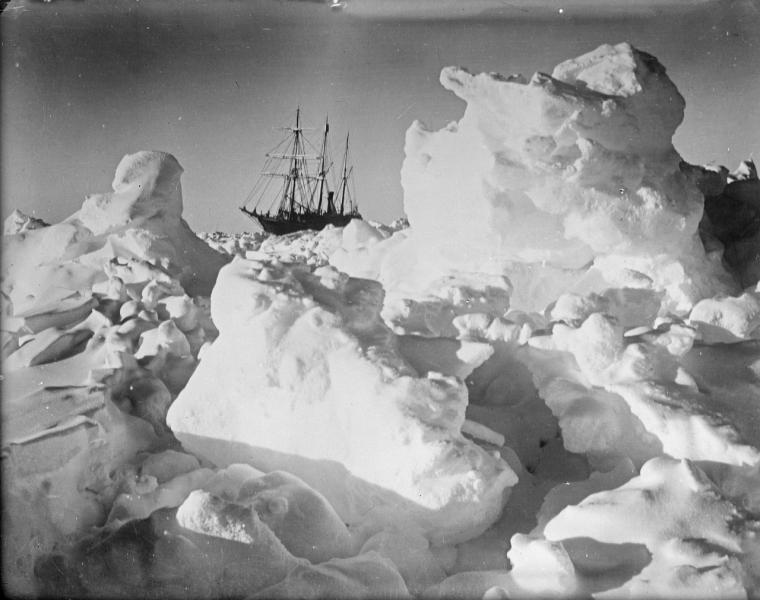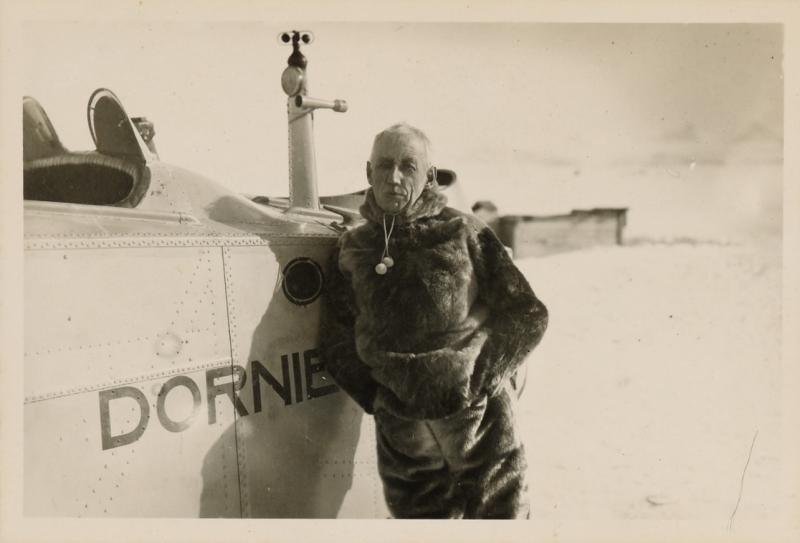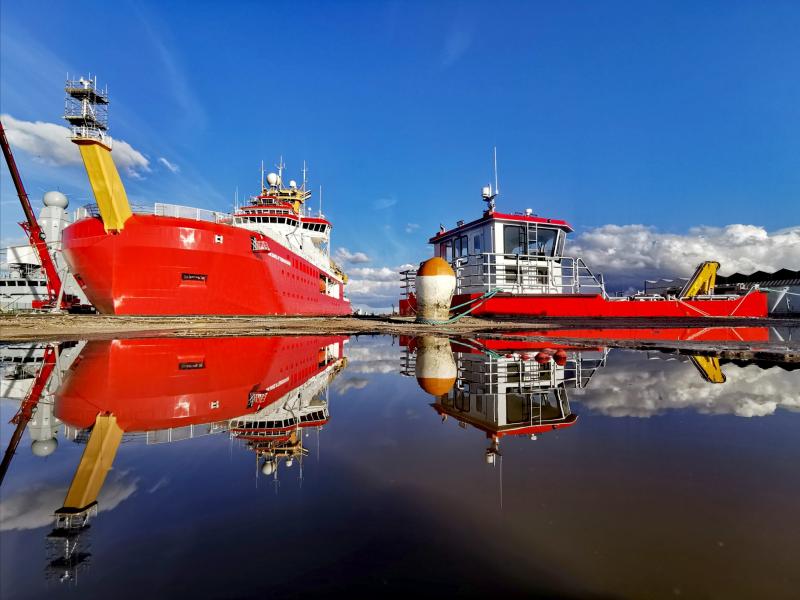In 1911, British explorer Robert Falcon Scott and Norwegian explorer Roald Amundsen both aimed to be the first to reach the South Pole.
In the early 20th century, the race was on to reach the South Pole, with a number of explorers testing themselves in the freezing Antarctic.
In 1911, Britain’s Robert Falcon Scott and Norway’s Roald Amundsen both launched expeditions to reach the Pole. It would end in victory for Amundsen – and tragedy for Scott.
What was the race to the South Pole?
Watch more in this film series
Scott’s expedition to the South Pole
Robert Falcon Scott had attempted to reach the South Pole once before in 1902 but his party were forced to turn back due to ill health and sub-zero conditions. It was always Scott’s intention to return and, with the support of the British Admiralty and the government, he secured a grant of £20,000.
Scott recruited men from his original Antarctic voyage and from Ernest Shackleton’s ship Nimrod, which had recently returned from the Antarctic. His crew included naval seamen, scientists and paying members. His ship Terra Nova sailed from Cardiff on 15 June 1910.
History of Antarctic explorers
Amundsen’s expedition
Roald Amundsen was a respected Norwegian explorer who was determined to beat the British expedition and be the first to reach the South Pole. He kept his plans to head south very secret - he had originally planned to head north, but upon hearing that the North Pole had been reached, changed his mission.
Amundsen's ship the Fram reached the Ross Ice Shelf on 14 January 1911, Amundsen having chosen to land at the Bay of Whales. This gained the Norwegians a 60-mile advantage over Scott, who chose to land at McMurdo Sound.
The race
On 18 October 1911, after the Antarctic winter, Amundsen's team set out on its drive toward the Pole. Captain Scott began his trek three weeks later. At around 3pm on 14 December 1911, Amundsen raised the flag of Norway at the South Pole. He had reached the Pole a full month before Captain Scott arrived. Amundsen and his crew returned to their base camp on 25 January 1912, 99 days and roughly 1400 nautical miles after their departure.
Scott left his base camp with his team to the Pole on 1 November 1911. He finally reached the South Pole on 18 January 1912, disappointed to learn that Amundsen had beaten him to it. The tortuous return journey was faced with stoicism and dignity. Weak from exhaustion, hunger and extreme cold, his last diary entry is dated 29 March 1912. He died in his tent alongside two of his men.
Amundsen’s success was celebrated worldwide, and he received personal telegrams of congratulations from US President Theodore Roosevelt and King George V of England. Scott was also recognised for his achievements and posthumously made a Knight Commander of the Order of the Bath.






